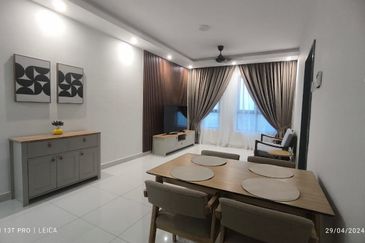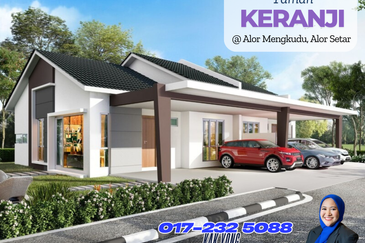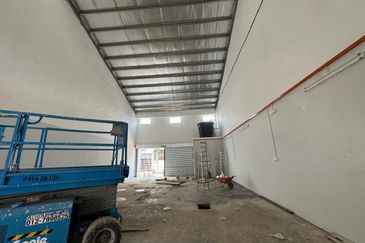
As the nation gallops towards being a developed country, more areas are being opened up into new townships. However, what sets these new developments apart from their predecessors?
Evidently, there is more to township planning than merely a large-scale housing area. The Malaysian Institute of Planners president Ihsan Zainal Mokhtar tells TheEdgeProperty.com that township planning needs a holistic view to ensure all the relevant components are intact in building a sustainable township.
He puts forth three aspects of township planning that a developer should focus on: the infrastructure, economic activities and community well-being.
An important element of infrastructure is easy accessibility. “We have seen some property developments that are located next to a highway but do not have direct access to them,” he points out.
However, convenient connectivity does not just consist of a well-planned road network for vehicles, but for pedestrians and cyclists as well. Links for residents to reach public transportation points are important too.
Public spaces and common facilities can promote community well-being as they provide areas for residents to have recreational activities that could bring vibrancy to the community and encourage interaction.
He propounds that a well-planned township also makes use of every single pocket of land or space by turning it into a multi-functional space. For instance, a lake could be turned into a retention pond besides just being part of the landscape. A lake can also reduce the temperature of its surrounding.
“Another example is a green area that could serve as a herb garden or a vegetable farm. It could also help in retaining water in the soil as well as improve the overall environment,” he says.
Let’s take a look at some ingredients for a successful township development:
1. Safety
This doesn’t mean the entire housing estate needs to be all fenced up. Besides having trustworthy security patrolling and CCTVs, one can also make use of the landscaping such as planting ornamental bushes along the roads and walkways. Having broader walkways that provide ample space between pedestrians and traffic could also effectively enhance safety and security of the township.
2. Community well-being
There should be ample community recreational facilities such as parks, football fields, badminton courts, and swimming pools that facilitate sports and leisure activities, as these not only promote individual health but also build closer community bonds. There should also be shaded walkways and cycling paths that encourage residents to walk or cycle to their destinations within the township rather than driving.
3. Liveability
Well-planned townships should incorporate various components including amenities like schools and commercial projects that could house businesses that offer convenient services to the growing population. There could even be industrial areas that could create job opportunities and greater economic activities.
4. Comfort
The homes themselves have to be of good quality and be comfortable to live in while being surrounded by a nice landscaped environment.
5. Sustainability
Sustainability can be looked at in terms of its liveability and vibrancy or its environment-friendliness. Green practices and features of the overall development can reduce maintenance cost in the long run while minimising its carbon footprint. Meanwhile, the availability of commercial activities and amenities in the development could in turn create more business (or job) opportunities, thus creating a vibrant place to live, work and play.
6. Accessibility
A township should have a road network that allows residents to reach their destinations within the neighbourhood in the shortest time. Besides that, having strategic entrances or exits that link to main highways or roads facilitates ease of access into and out of the township.
7. Affordability
A township shouldn’t be only an exclusive development for a certain income group. A healthy community needs to be made up of various income groups to contribute to its vibrancy.
This story first appeared in TheEdgeProperty.com pullout on Aug 4, 2017. Download TheEdgeProperty.com pullout here for free.
TOP PICKS BY EDGEPROP

Taman Taming Indah 2
Bandar Sungai Long, Selangor

Balakong Jaya Industrial Park
Balakong, Selangor

Trio by Setia
Bandar Botanic/Bandar Bukit Tinggi, Selangor

Trio by Setia
Bandar Botanic/Bandar Bukit Tinggi, Selangor

Trio by Setia
Bandar Botanic/Bandar Bukit Tinggi, Selangor

APARTMENT DEWI FASA 2 @ BANDAR PUNCAK ALAM, Ground floor
Bandar Puncak Alam, Selangor



















